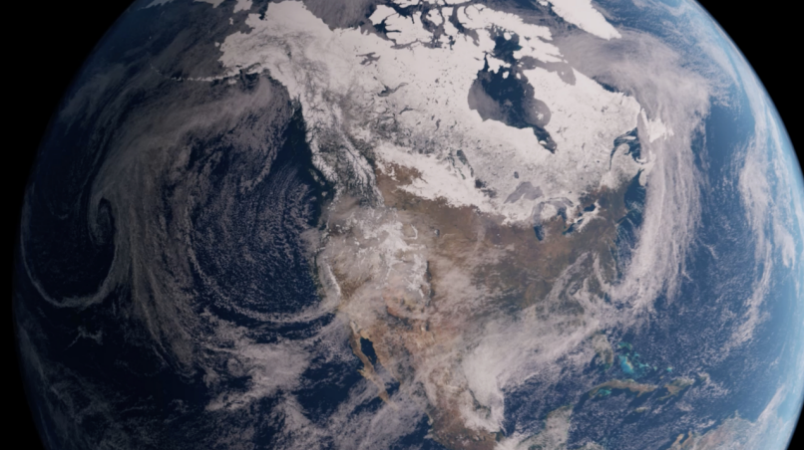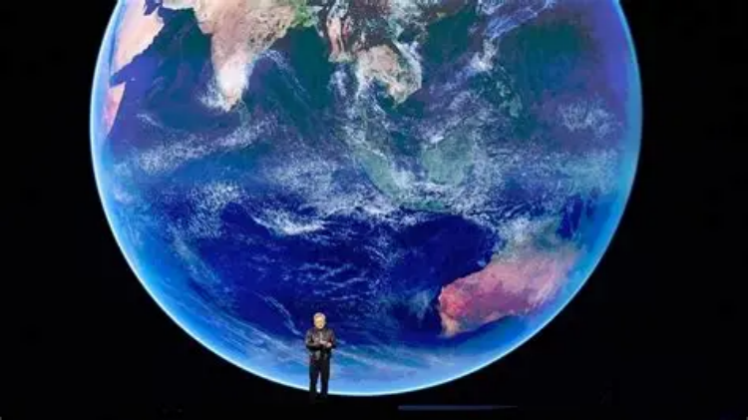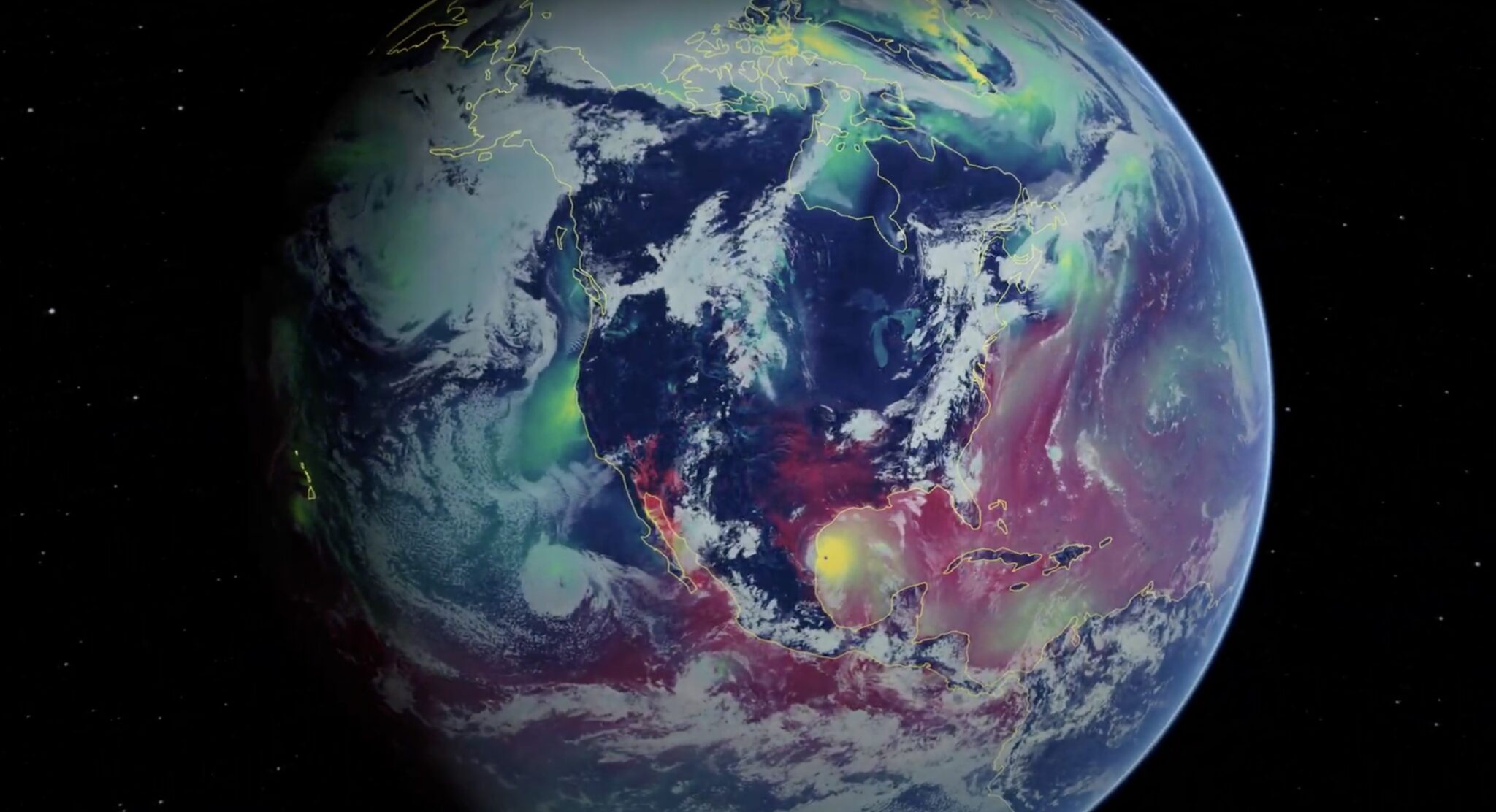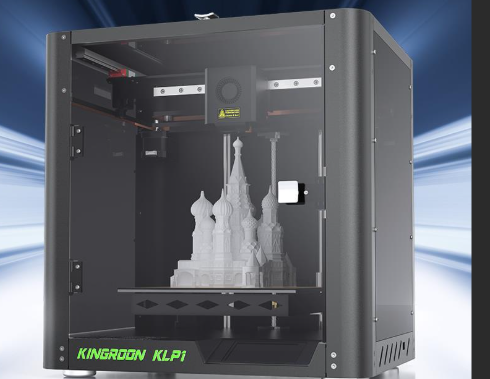NVIDIA Earth-2: Hyperlocal Climate Forecasting with 3.5km Resolution

Extreme weather events—from California’s record wildfires to Europe’s devastating 2023 floods—have laid bare a critical flaw in traditional climate forecasting: low spatial resolution. Most global models operate at 10–50km scales, meaning they can predict storm systems but fail to pinpoint which neighborhoods will flood or which forests will ignite. This gap leaves communities, emergency responders, and urban planners flying blind when every meter matters. Enter NVIDIA’s Earth-2: a GPU-accelerated climate simulation platform that delivers hyperlocal forecasts at 3.5km resolution—sharp enough to distinguish between city blocks, coastal inlets, and small forested areas—heralding a new era in climate resilience.
At its core, Earth-2 merges two game-changing technologies: AI-driven modeling and massive parallel computing. Unlike legacy systems that rely on physics-only equations (which take days to process), Earth-2 uses a hybrid approach: it trains neural networks on 40+ years of global climate data (from satellites, ocean buoys, and ground stations) to learn weather patterns, then runs simulations on NVIDIA’s DGX SuperPOD— a cluster of 4,000+ GPUs that crunches data 100x faster than traditional supercomputers. The result? A 10-day forecast for Western Europe that once took 72 hours to generate now takes 6 hours, with 3.5km resolution revealing details like how a river’s bend might amplify flooding in a specific village or how coastal winds could shift a wildfire’s path toward a suburban area. In 2024, during California’s August wildfire season, Earth-2 accurately predicted the spread of the Creek Fire to within 2km of a residential neighborhood 72 hours in advance—giving local authorities time to evacuate 3,000 residents and deploy fire crews to critical hotspots.

The platform’s impact extends beyond emergency response to long-term climate adaptation. Coastal cities like Miami and Rotterdam, which face existential threats from sea-level rise, now use Earth-2 to model how rising oceans will affect specific neighborhoods over the next 30 years. For example, Rotterdam’s urban planning team used Earth-2 simulations to identify that the city’s historic Delfshaven district—home to 12,000 people—will face annual flooding by 2050 unless sea walls are reinforced. The model even accounted for local factors like groundwater levels and building density, details that coarser models missed. This level of precision lets planners allocate resources more efficiently: instead of building costly, city-wide defenses, they can target investments to the most at-risk areas.
Earth-2 also democratizes climate data through its open-access portal, which allows researchers, nonprofits, and small communities to run custom simulations. In 2024, a team of environmental scientists in Oregon used the platform to predict how wildfire smoke would disperse across Portland’s school districts, helping officials decide which days to switch to remote learning. For rural communities in places like Wyoming, which lack access to advanced forecasting tools, Earth-2’s 3.5km models have become a lifeline—predicting blizzard conditions that could strand ranchers or cut off access to medical care.
Yet challenges remain. Computational costs are a barrier: running a 30-day global simulation on Earth-2 costs around $15,000, putting it out of reach for some small organizations. There’s also the need for ongoing model validation—while Earth-2’s 2024 wildfire and flood predictions were 85% accurate, researchers note that extreme events like tornadoes still require finer resolution (1km or less) to forecast reliably. NVIDIA is addressing these issues by partnering with NASA and the European Centre for Medium-Range Weather Forecasts (ECMWF) to expand data sources and optimize algorithms, with plans to reduce costs by 40% by 2026.

In a world where climate change is making extreme weather the new normal, Earth-2’s 3.5km forecasts turn abstract climate risks into actionable insights. It’s no longer enough to know a storm is coming—communities need to know exactly where it will hit, and when. By bridging the gap between global climate science and local resilience, NVIDIA’s platform is not just predicting the future of weather—it’s helping communities build a more prepared one.
(Writer:Laurro)





